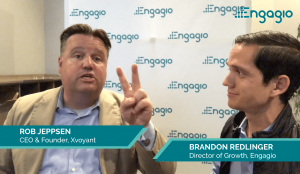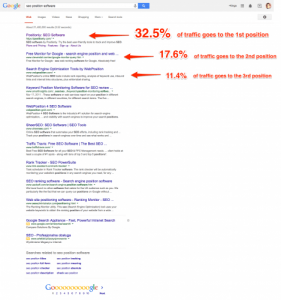 Recognizing and understanding the value of crowd-based staffing
Recognizing and understanding the value of crowd-based staffing
Organizations that have been turning their attention to utilizing non-employee members of a diverse crowd have discovered a significant way to leverage previously unattainable resources and increase their competitive advantage. In the workforce solutions industry, the idea of harnessing workers from the crowd represents a relatively untamed frontier. Some hiring managers are reluctant to consider crowd-based recruiting because they don’t understand the various aspects of marketing to this talent, vetting their qualifications, ensuring complete employment compliance or capitalizing on the economic value that a Crowdstaffing solution generates. There are untold advantages, in terms of quality and cost savings, that await organizations willing to embrace this new, highly socialized and lucrative model. One of the best ways to demonstrate the benefits of Crowdstaffing is to grasp the concept of the crowd capital perspective.
The crowd capital perspective
The crowd capital perspective is a predictive view of Crowd Capability. When an organization generates resources by outsourcing to a crowd, the diverse levels of experience, acumen and functional skills it acquires will produce the measurable capital. Generally, this theory has been applied somewhat exclusively to a company’s one-time projects or unsolved challenges.
The standard Crowd Capability construct embodies three dimensions of engagement: structure, content, and process.
- Structure represents the technology or tools used to engage the crowd.
- Content signifies the type of input and output desired from the crowd.
- Process denotes the organizational methods used to cultivate resources from the crowd.
However, these ideals can be expanded to include contingent talent for ongoing and longer-term employment assignments.
Crowdstaffing capital perspective
In the context of crowdstaffing, we can revise the dimensions and shape them toward the optimal identification and engagement of top talent. In doing so, let’s also redefine the labels: recruitment Tools, job and candidate Requirements, and hiring Processes.
- Tools represent the technologies used to source and recruit talent: applicant tracking systems (ATS), human resource information systems (HRIS), vendor management systems (VMS), social networks (LinkedIn, Facebook, Twitter, etc.), online job boards, career portals, associations, special interest groups, job fairs, online marketplaces (Elance), university career centers and more.
- Requirements still signify the desired input and output of the crowd, with a more nuanced focus on talent: their skills, qualifications, work experience, backgrounds, education and other work-related criteria, as well as their career goals, ideal business cultures, industries and expected outcomes from a position.
- Processes denote the organizational methods the staffing firm will deploy to pique the interest of candidates, build a bench of passive talent and gather vital details that will be used to match talent to ideal employers when position needs arise. In essence, process becomes the curation of jobs to talent — interacting with them, capturing and maintaining their interest, communicating job prospects, developing their personal brands and online profiles, and all other aspects of facilitating the recruitment and placement process.
The benefits of crowd capital
The advantages of contingent labor are well documented. Indirect workers present an efficient and cost-effective source of top talent for MSPs and the organizations they serve. The Crowdstaffing model further enhances those benefits with additional crowd capital:
- Motivation to participate in new and challenging tasks incentivizes crowd members more than steep salaries.
- Operational output and oversight are more easily and efficiently managed by MSPs or hiring managers. Opening a broader marketplace allows for the recruitment of specialized workers at all scales and complexities. These highly skilled professionals thrive on variety, remain compliant with existing labor laws as W2 employees of staffing curators, and the hiring organization has complete visibility into their productivity, with approval processes for the work.
- The additional expertise and approaches these workers bring can easily become part of the employer’s living knowledge base, further strengthening the value of the crowd capital.
- The nature and elasticity of Crowdstaffing facilitates a divide-and-conquer methodology, where challenging jobs can be broken up into series of micro-tasks that accommodate quicker and more accurate resolutions.
- With their experiences across organizations and industries, crowd-based workers seeking to learn new skills also introduce fresh perspectives and innovations, which contribute to the company’s growth and competitive edge.
For today’s MSPs, the crowd capital realized from a groundbreaking Crowdstaffing model can produce unrivaled results: delivering talented people with fast submission times and infinite scalability for high volume hiring needs. Download our latest eBook now to learn more about “The Evolution of Talent Fulfillment: Crowdstaffing.”
(235)








